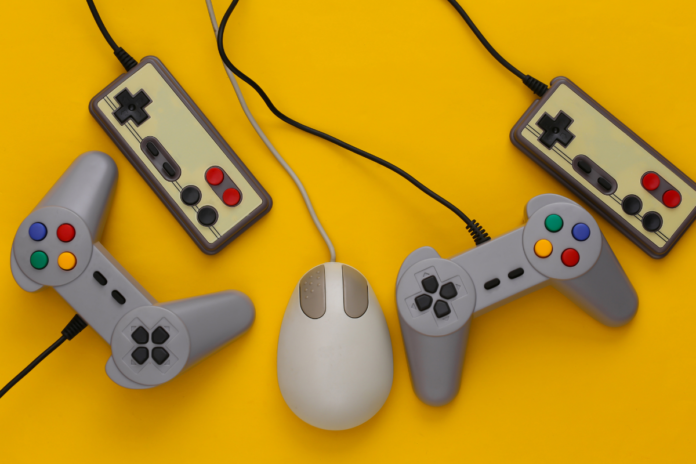Do you remember, as a kid, going on the family computer and playing Winter Minesweeper? Not actually knowing the rules, but having some fun just clicking at the random grey boxes? How about playing Mario Kart on your Nintendo? What about getting your first Gameboy and knowing that you can now play any game you want from anywhere you want? Well, that’s nostalgia for you!
Nowadays, we’re living in the fast-paced world of gaming, where cutting-edge technology constantly pushes the boundaries of what’s possible (to the point where graphics look way too realistic); there’s a charming nostalgia associated with classic, old-fashioned video games. While modern games boast stunning graphics and complex narratives, there’s something about the simplicity and enduring appeal of the classics that modern counterparts struggle to replicate.
Honesty, in a way, modern video games just lack that depth, that love, and that soul that the old stuff has. So, why can’t modern-day games compete? What is it with old-fashioned games and their nostalgic allure? Well, here’s what you need to know!
Simplicity and Accessibility
If you really think about it, old-fashioned video games often had a straightforward premise and easy-to-understand mechanics. Anyone could pick up a controller and start playing without needing a lengthy tutorial. The simplicity of classic games made them accessible to players of all ages, contributing to their timeless appeal. What about nowadays? Shouldn’t it be more accessible? Well, yes and no. Nowadays, most games, even handheld games from a Nintendo Switch, need updates, room for data, the need to constantly be online, and so on. While now more than ever, it should be more accessible and simple to play a game, it’s surprisingly not.
Iconic Characters and Their Universe
Classic video games introduced us to iconic characters and universes that became ingrained in popular culture. You have the pixelated adventures of Mario in the Mushroom Kingdom and the challenging quests of Link in Hyrule. These characters and worlds are etched in the collective memory of gamers, creating a lasting connection that modern games often struggle to match.
Multiplayer was Simple
So, this is a mix of good and bad. Back in the 1990s or 2000s, when you wanted to play multiplayer on a game, that person needed to be right next to you, in that same room with their controller. It’s not really like that anymore. Instead, if you want to play with people, there’s no reason for them to come over to your house.
They have their own console and their own game, so they can be in the comfort of their own home, logged in, and playing like that. There should be more connection (and there is), but at the same time, there’s a lack of connection, too.
No Need to Be Online
Nowadays, a lot of games just make you online, even if you literally don’t need to be online. You have the software downloaded, purchases, and everything else, but the second the internet is down, the game becomes useless. It’s annoying, right?
One of the beauties of classic video games is the fact that it’s thrived in an era before constant internet connectivity. There’s a certain charm in the ability to play a game without needing to worry about updates, downloads, or online connections. The simplicity of plug-and-play gaming resonates with those who miss the days of offline, uninterrupted gameplay.










